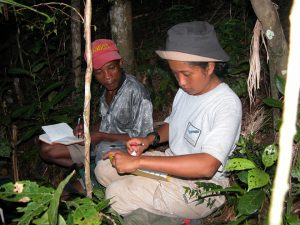Madagascar is one of eight `hottest’ biodiversity hotspots countries based on species richness and endemism, (>80%), and on habitat loss (>90%). Yet, it is considered the world’s single highest priority biodiversity hotspot. The Island is shelter of 105 species of lemur that are all endemic of the country, among them 94% are threatened of extinction. Biodiversity loss and species extinction are mainly led by human activities.
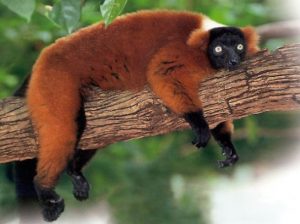
Masoala National Park was declared a World Heritage in 2007 by UNESCO. It is a peninsula located in the northeast of Madagascar that harbors the largest remaining rainforest patch in the country. Unfortunately, a recent study on deforestation and forest degradation mapping of the Protected Area revealed that between 2008 and 2011, the forest change rate was 1.27 %. This rate is higher than the latest annual deforestation rate for all of Madagascar suggesting that Masoala forest is currently severely degraded. In addition to human activities, extreme weather like cyclones are the main pressures that undermine the conservation of the ecosystem. However, increasing number of intense tropical cyclones are projected to land in the northeast of Madagascar as result of climate change.
Red 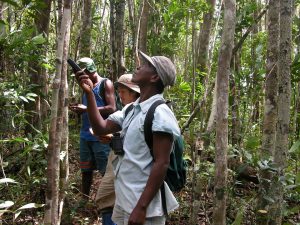
I am Ratsisetraina, Rita Ratsisetraina. My current mission is to rescue Varecia rubra from extinction.
In 2001, I investigated the impacts of cyclone disturbance on the population of Red ruffed lemur and its population recovery four years later. Results show that the species is very sensitive to habitat disturbance and population recovery is very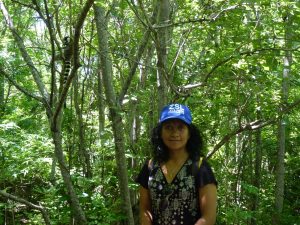
I am the founder and president of the Nosy Maitso Association (lit. Green Island). My professional goal is to keep the conservation of our extraordinary biodiversity, which is unique on Earth. To achieve my goal, the association’s main objectives including fighting against biodiversity loss and environmental degradation. Now, as I undertake my project on behalf of Nosy Maitso, it will contribute to my goal achievement thanks to the EDGE fellowship. I hereby express my gratitude to Zoological Society of London for allowing my project happen.
– Rita Ratsisetraina
Related blog posts
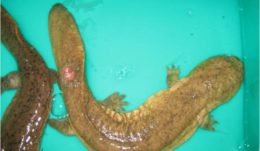
A brutal killer of the Chinese giant salamander
Zhou Feng’s EDGE Fellowship project focuses on diagnosing pathogens that threaten the Chinese giant salamander. In her latest blog, she tell us about the…
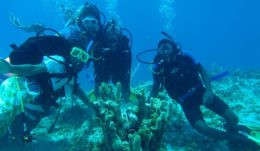
A coral conservation revolution that is shaping the future of the Bahamas
The month of July marked the 40th year of independence for the Bahamas and although I am too young to be one of those…
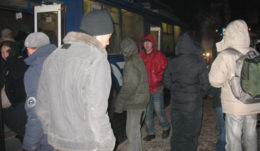
A day in the life of a Mongolian EDGE Fellow
Now that it is winter and the long-eared jerboas are hibernating, our jerboa EDGE Fellow, Uuganbadrakh is concentrating on studying for his Master’s exams at the National…
